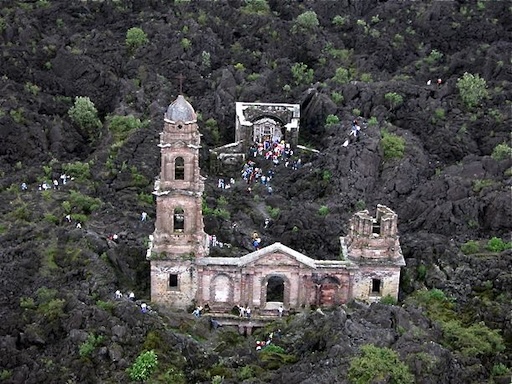
On a quiet February morning in 1943, a Mexican farmer named Dionisio Pulido was tending to his cornfield in the village of San Juan Parangaricutiro. The sun was rising, the soil smelled of earth and ash, and the world seemed as ordinary as ever. Until, quite literally, it cracked open beneath his feet.
What began as a small fissure quickly turned into a rumbling monster. Smoke billowed from the ground, and the earth started to heave and groan. Within hours, a cone of ash stood tall where just the day before maize had grown. And so began the story of Paricutín, one of the youngest volcanoes on Earth—and perhaps the only one whose birth was witnessed and recorded in modern history.
From Corn to Cinders
Paricutín didn’t just erupt—it erupted with drama. Over the next nine years, it spewed ash, lava, and smoke with ferocity, growing to 424 meters (1,391 feet) above the cornfield that gave it life. The eruption covered everything in its path. Two entire villages, including San Juan Parangaricutiro, were buried under molten rock.
Miraculously, no one died from the lava flows themselves. But the emotional and cultural impact ran deep. Families were uprooted. Churches were swallowed. And yet—one stood defiant.
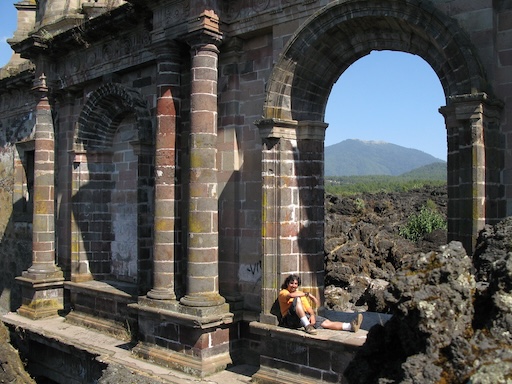
The Church That Refused to Fall
As the lava rolled through San Juan Parangaricutiro, it consumed everything in its way—homes, trees, roads. But when it reached the village church, something strange happened. The flow slowed. The lava surrounded the building, swallowing its walls and courtyard, but the bell tower remained upright, as if in quiet defiance.
Today, visitors hike through black fields of jagged rock to reach the partially buried Templo de San Juan. The church has become a haunting symbol of survival and silence. Moss creeps over volcanic stone. Birds nest in its nooks. And the altar, somehow still intact, draws the curious and the faithful alike.
Born in Fire, Now a Trekker’s Paradise
Paricutín officially stopped erupting in 1952, but its legacy didn’t end there. What was once farmland is now an apocalyptic wonderland of basalt and obsidian. Tourists and thrill-seekers come from around the world to hike across its lava fields, ride horses to its summit, and trace the outlines of the lost villages beneath their feet.
The crater itself is accessible with a steep but manageable trek. From the rim, you can peer into the silent throat of the volcano and gaze over the vast plains of Michoacán. On a clear day, you’ll see smoke-like mist rising from deep vents—whispers of the volcano’s fiery past.

The People of the Lava
Though displaced, the Purépecha people—the Indigenous community native to the region—have adapted and rebuilt. Their stories of Paricutín’s eruption are passed down from generation to generation, woven into songs and prayers. Some believe the volcano was a divine message; others say it was punishment for forgetting ancient rituals.
Either way, Paricutín is not just a geological marvel. It’s a cultural touchstone. A reminder of nature’s power to destroy, and its power to shape new beginnings.
A Wonder of the Modern World
In 1997, Paricutín was named one of the “Seven Natural Wonders of the World” by CNN and various geologists. Unlike other ancient mountains, this volcano has a birth certificate—signed by fire, smoke, and the memory of a startled farmer.
You won’t find many places on Earth like this—where you can stand in a church half-eaten by lava, look out over plains once bursting with corn, and watch the sky shift colors over a volcano that grew up in front of human eyes.
How to Visit
- Nearest Town: Angahuan, Michoacán
- Activities: Horseback riding, trekking, visiting lava church ruins, photography
- Tips: Wear good shoes! The lava rock is sharp and uneven. Local guides are available and highly recommended.
Where Fire Meets Faith
The story of Paricutín is not just about geology. It’s about what happens when the earth decides to speak—and the people who live close enough to hear it. It’s about impermanence, resilience, and the strange beauty that rises from disaster.
In a world that often feels too mapped and measured, Paricutín reminds us that there are still surprises beneath our feet. Sometimes, they even wear smoke as a crown.
Share this story and inspire others.
Tags: Paricutin Volcano, Michoacán, Mexico volcano, volcano born in cornfield, volcanic eruption, Chasing Hidden Wonder
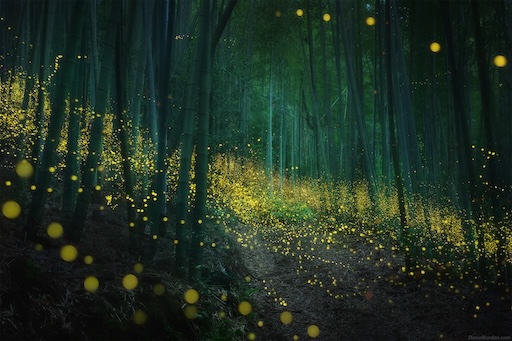 Firefly Phenomenon (Hotaru Season) – Magical Nights in Japan
Firefly Phenomenon (Hotaru Season) – Magical Nights in Japan
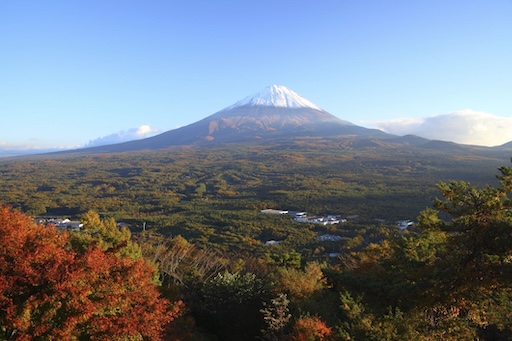 Aokigahara Forest – The Magnetic Silence of Mount Fuji’s Lava Woods
Aokigahara Forest – The Magnetic Silence of Mount Fuji’s Lava Woods
 The Sacred Corn Festivals – When Maize Becomes a God
The Sacred Corn Festivals – When Maize Becomes a God
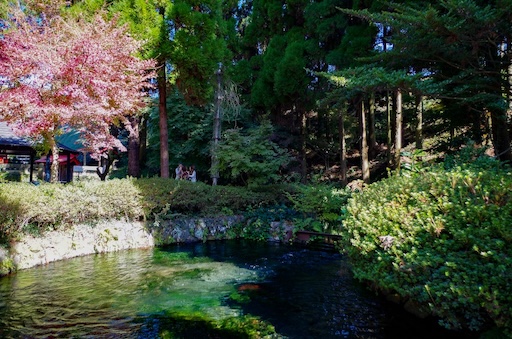 Shirakawa Suigen – Kumamoto
Shirakawa Suigen – Kumamoto
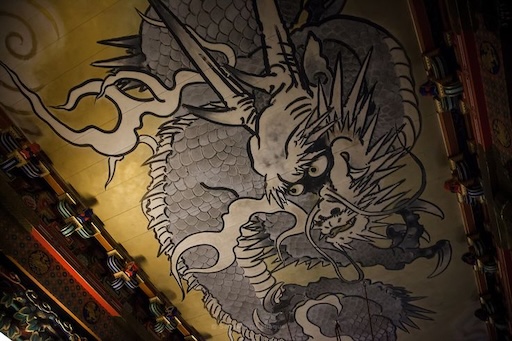 Nikko’s Crying Dragon – Tochigi
Nikko’s Crying Dragon – Tochigi
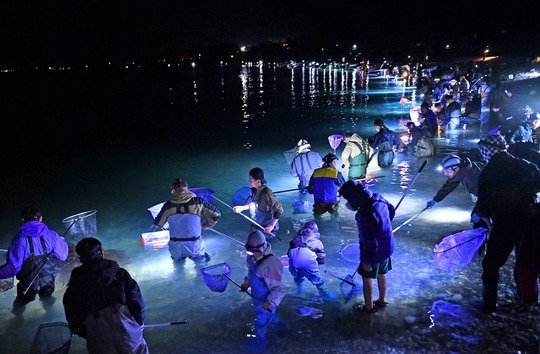 Bioluminescent Firefly Squid (Hotaru Ika) – Toyama Bay
Bioluminescent Firefly Squid (Hotaru Ika) – Toyama Bay